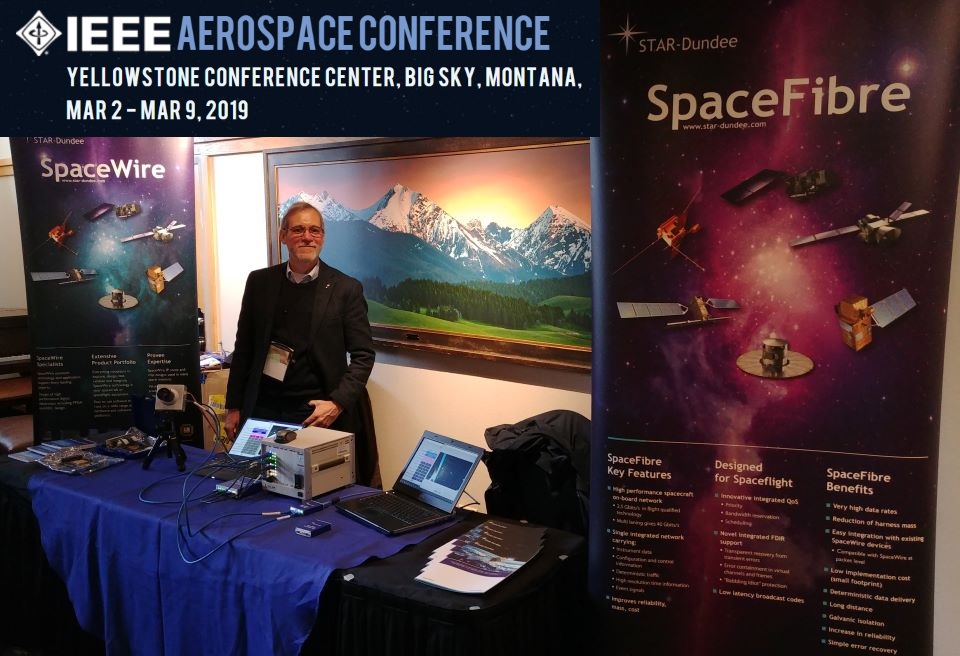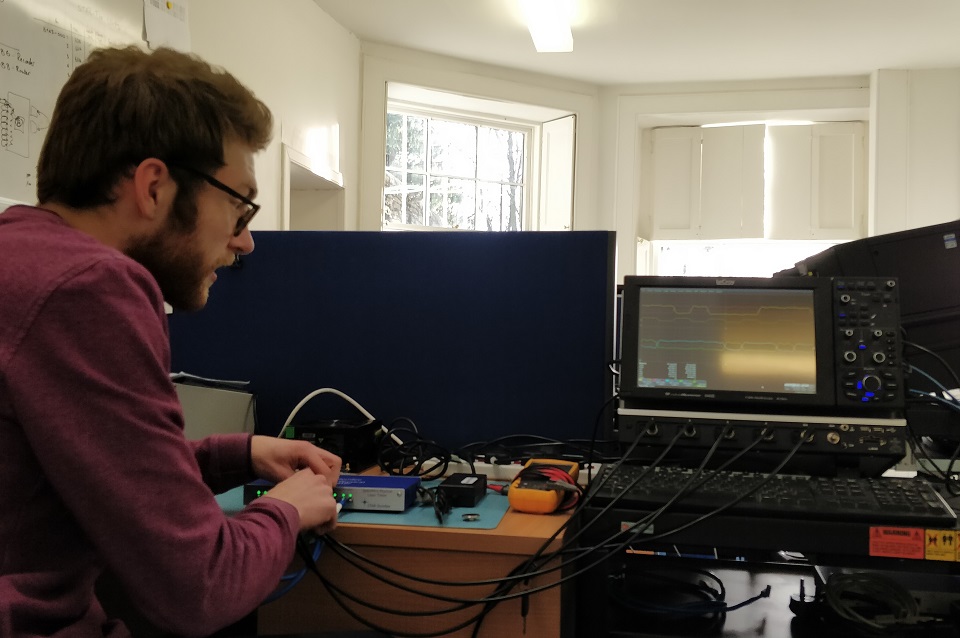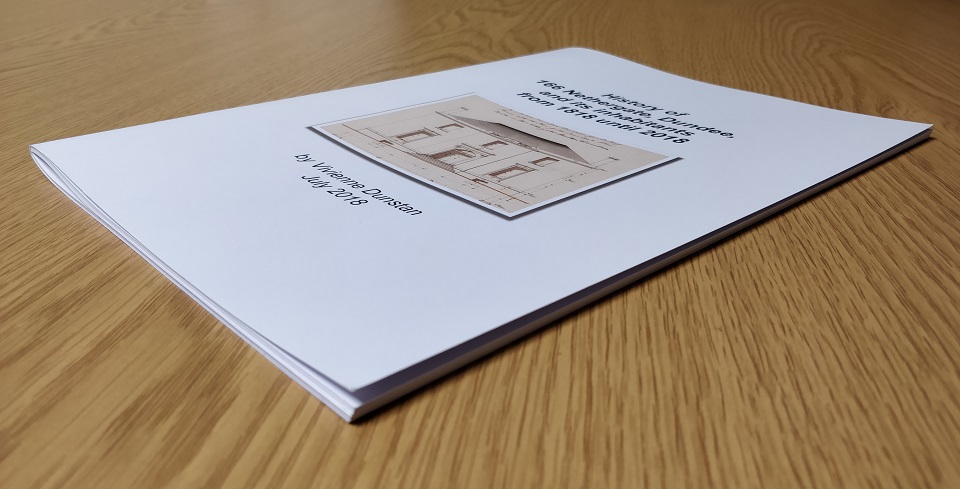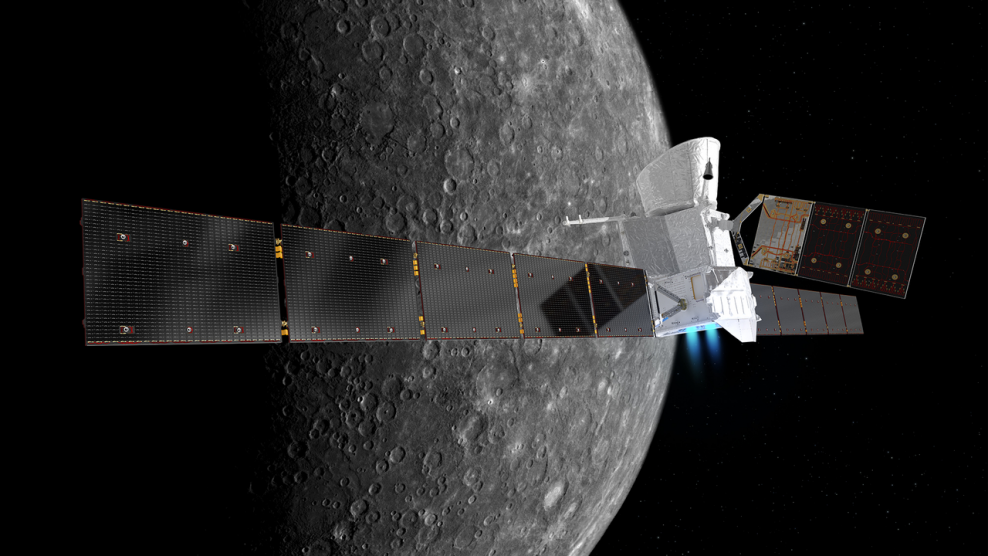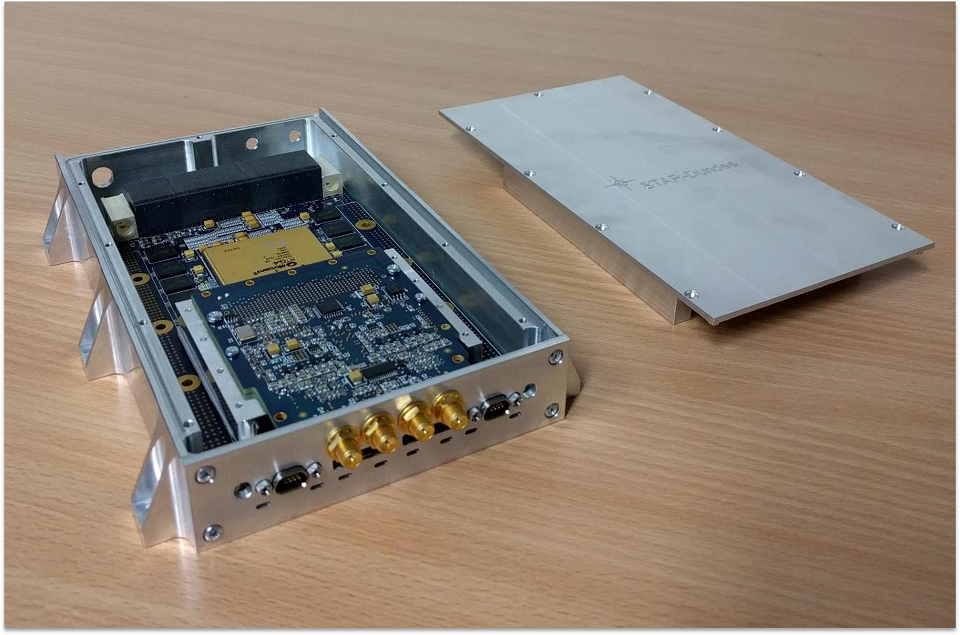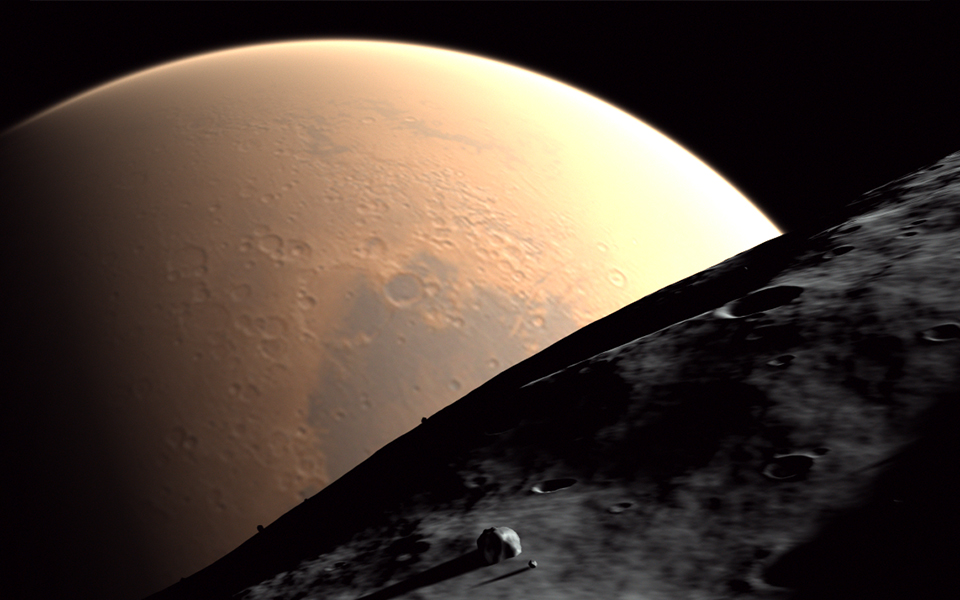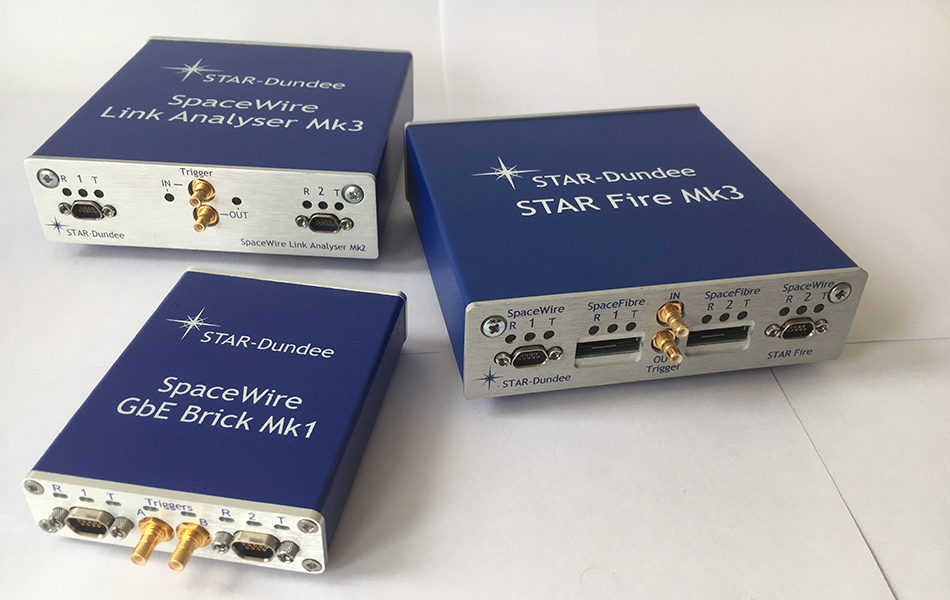
For the past decade, STAR-Dundee has been leading the development of the next generation of SpaceWire technology: SpaceFibre. SpaceFibre is a high-performance, high-reliability, high-availability network technology for use onboard spacecraft.
Our efforts in developing SpaceFibre were recently rewarded with the publication of the SpaceFibre standard, “ECSS-E-ST-50-11C – SpaceFibre – Very high-speed serial link”, by the European Space Agency’s standardisation body, the European Cooperation for Space Standardization.
SpaceFibre provides data signalling rates of 6.25 Gbit/s in current flight technology, over electrical or fibre optic cables, while its unique multi-laning features allow up to 16 lanes to be combined into a single link, giving a theoretical link rate of 100 Gbit/s. SpaceFibre offers much more than high data rates, however. The technology is capable of detecting, isolating and recovering from faults in the link where they occur, which prevents faults from propagating and causing further errors. SpaceFibre provides galvanic isolation, transparent recovery from transient errors, error containment in virtual channels and frames, and “Babbling Node” protection. Very versatile quality of service mechanisms allow scheduled, deterministic communication without wasting any network bandwidth.
These powerful capabilities mean that SpaceFibre is not only suitable for very high data rate payloads such as synthetic aperture radar and multi-spectral imaging instruments; it can also be used for network and equipment management and for deterministic command and control type applications. SpaceFibre allows each of these traffic types with very different requirements to share a single network, with each traffic stream operating independently within its own virtual network.
SpaceFibre has been and is being designed into its first ASICs, on-board equipment and space missions. The powerful Ramon Chips RC64 many-core DSP features STAR-Dundee IP to provide 12 SpaceFibre ports each offering up to 6.25 Gbit/s data signalling rate. SpaceFibre is being used in Europe, USA, Russia and Japan and has been incorporated in the latest revision of the ANSI/VITA 78 SpaceVPX backplane standard.
Our CTO, Steve Parkes, wrote the SpaceFibre standard with inputs from international spacecraft engineers, and STAR-Dundee has designed, implemented and tested:
- The first SpaceFibre interface;
- The first SpaceFibre routing switch;
- The first SpaceFibre multi-lane interface;
- The first SpaceWire-to-SpaceFibre interface device;
- The first experimental SpaceFibre interface ASIC (VHiSSI);
- The first SpaceFibre interfaces in a many core processor (Ramon Chips’ RC64);
- The first SpaceFibre interface in a radiation tolerant FPGA (Microchip/Microsemi’s RTG4);
- The first SpaceFibre routing switch in a radiation tolerant FPGA;
- The first SpaceFibre multi-lane interface in a radiation tolerant FPGA;
- The first SpaceFibre link analyser;
- The first SpaceFibre interface board.
In addition, STAR-Dundee has demonstrated the first complete SpaceFibre network representative of spaceflight applications and incorporating radiation tolerant technology. STAR-Dundee owns a patent on the SpaceFibre multi-lane technology, which is being freely licensed for space related applications.
We currently offer several SpaceFibre IP cores and SpaceFibre Test and Development products, with more products to be added to this range in the near future.

